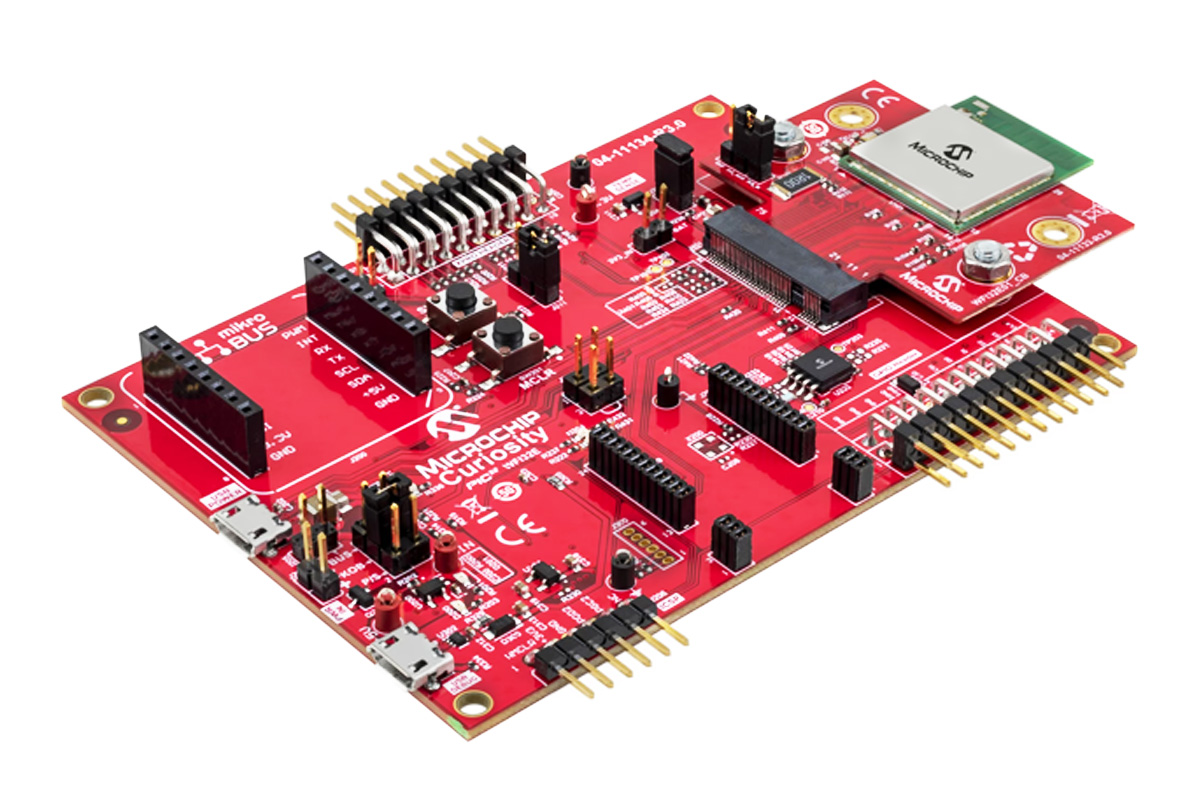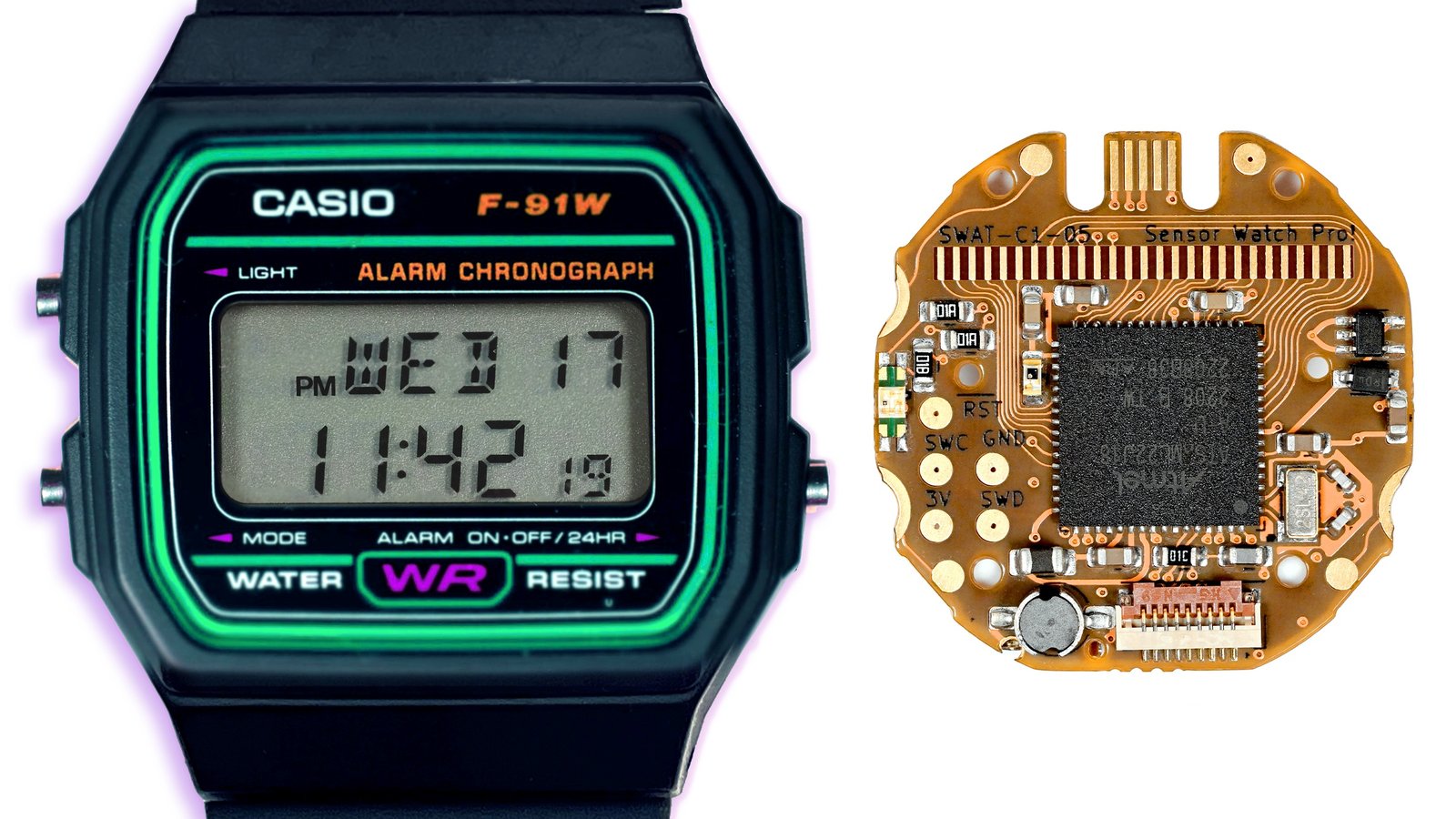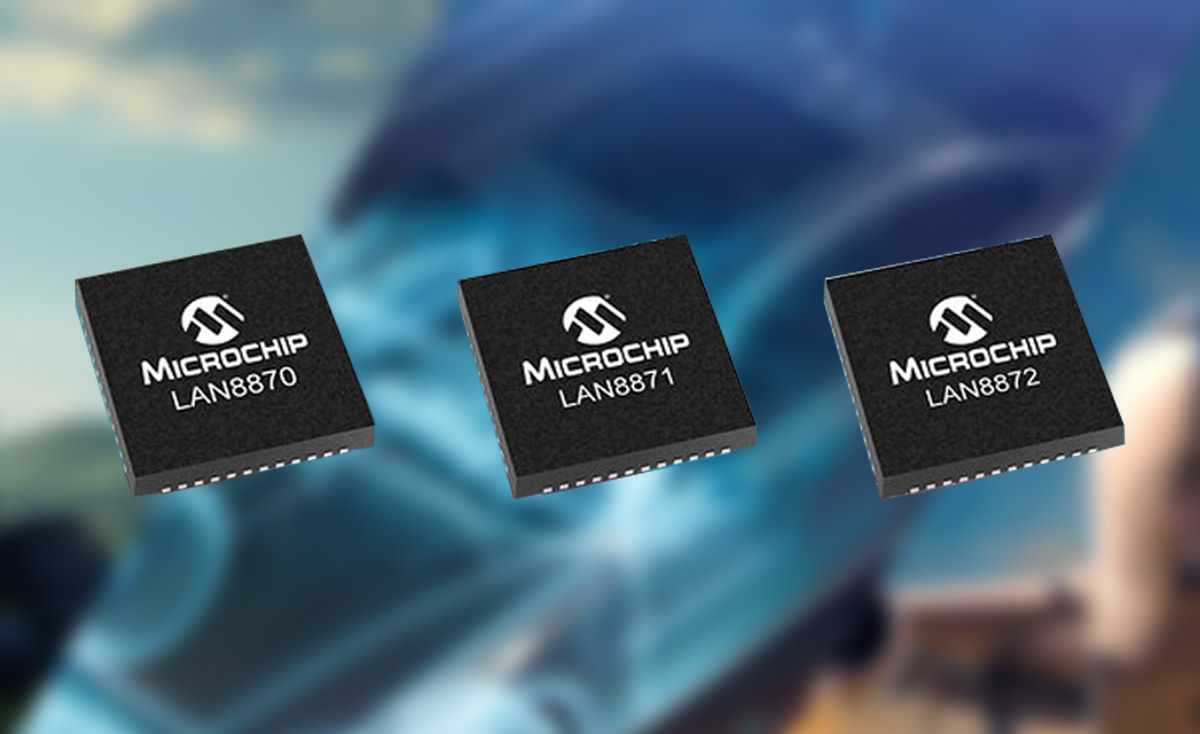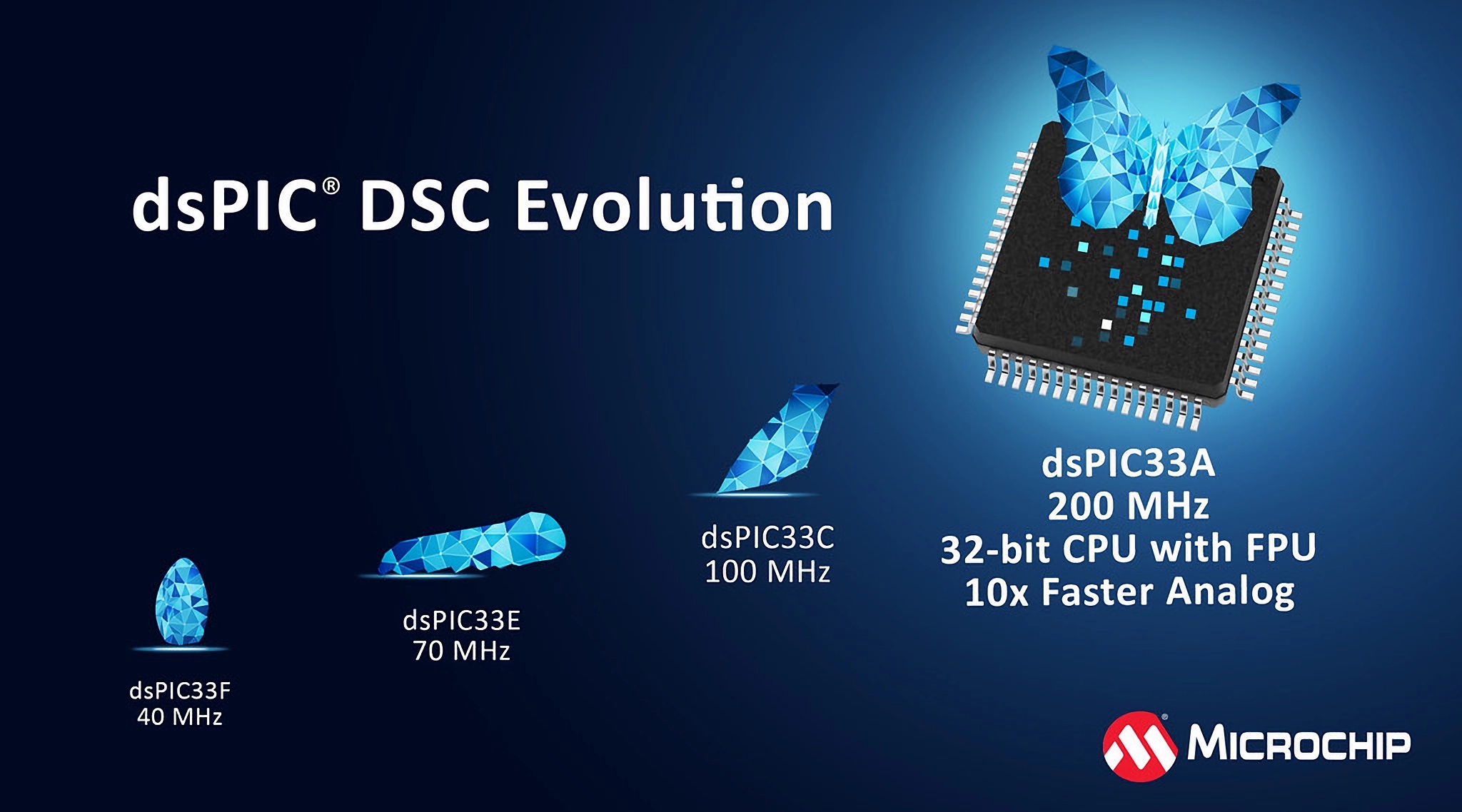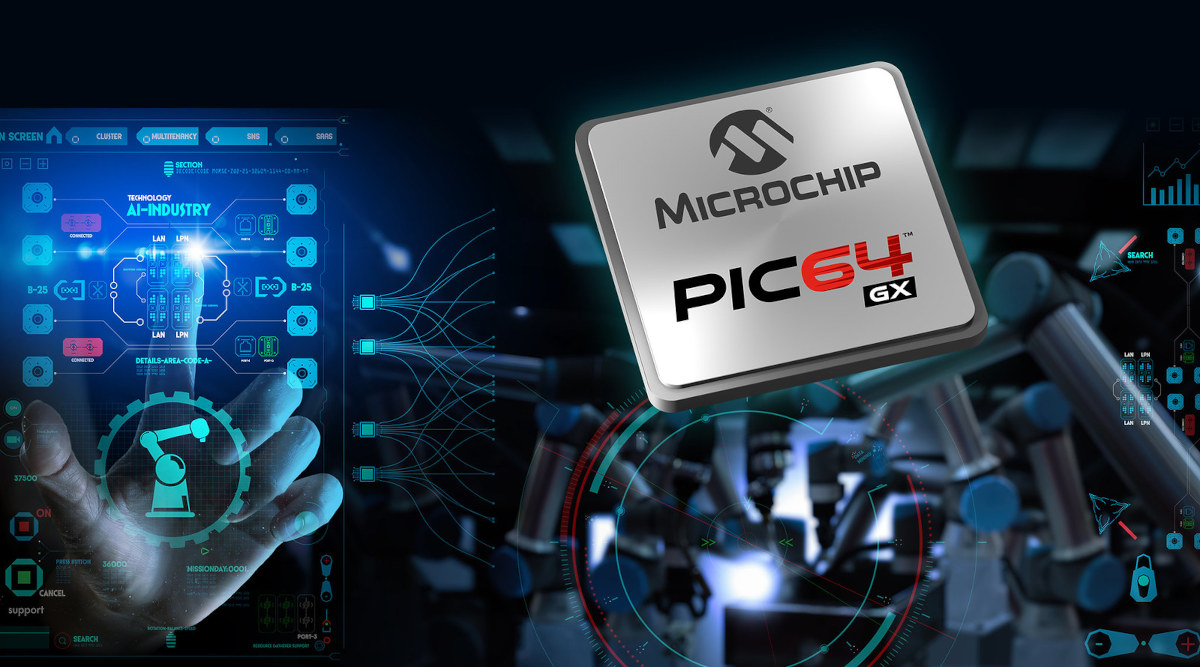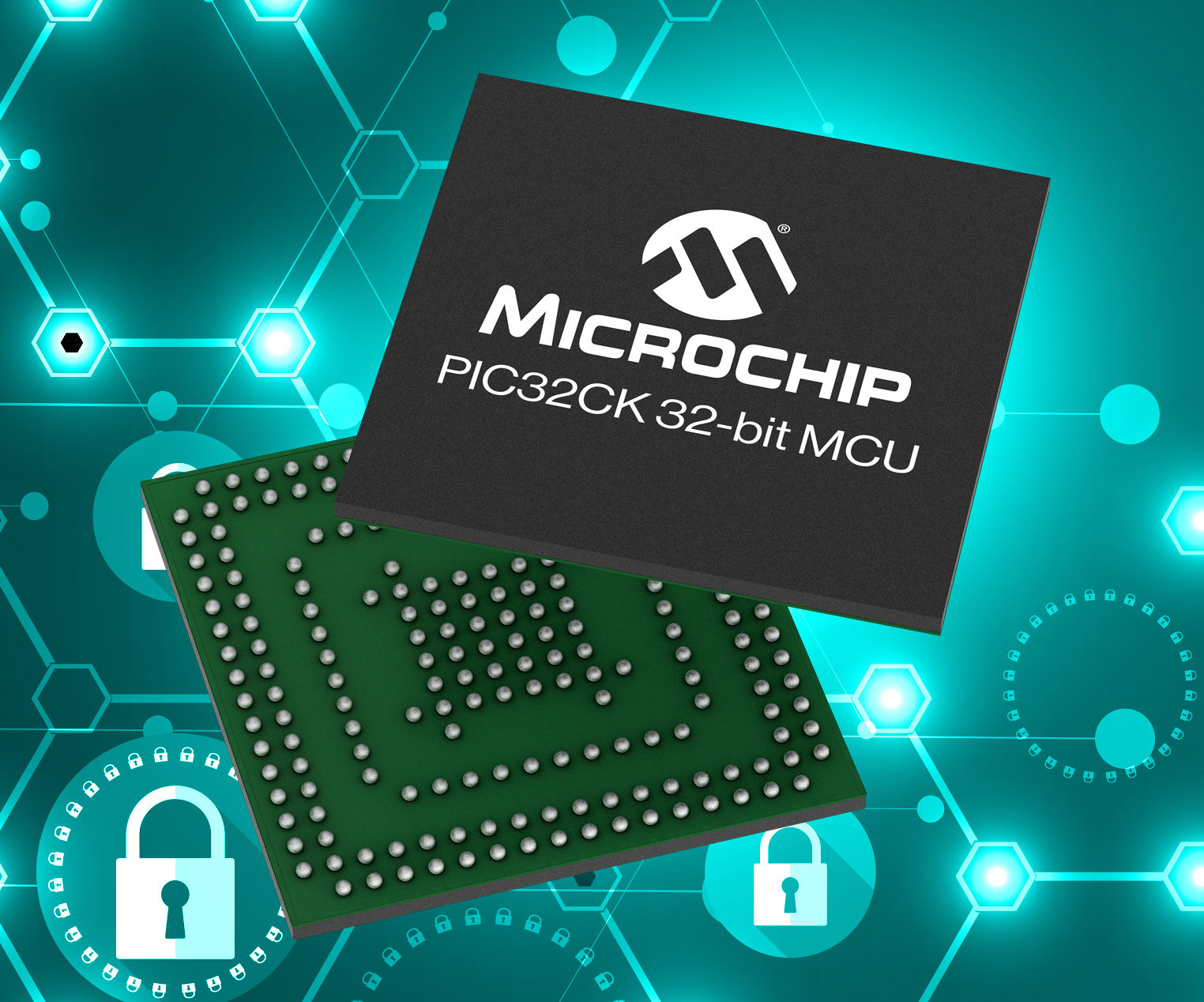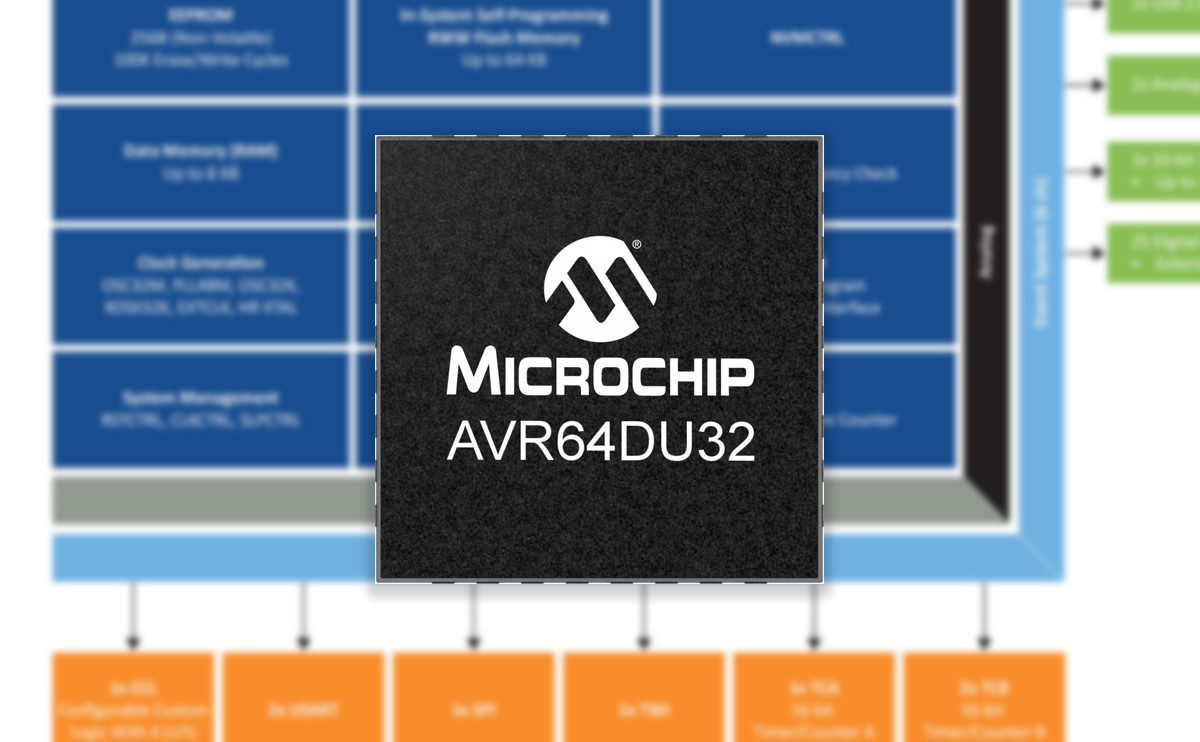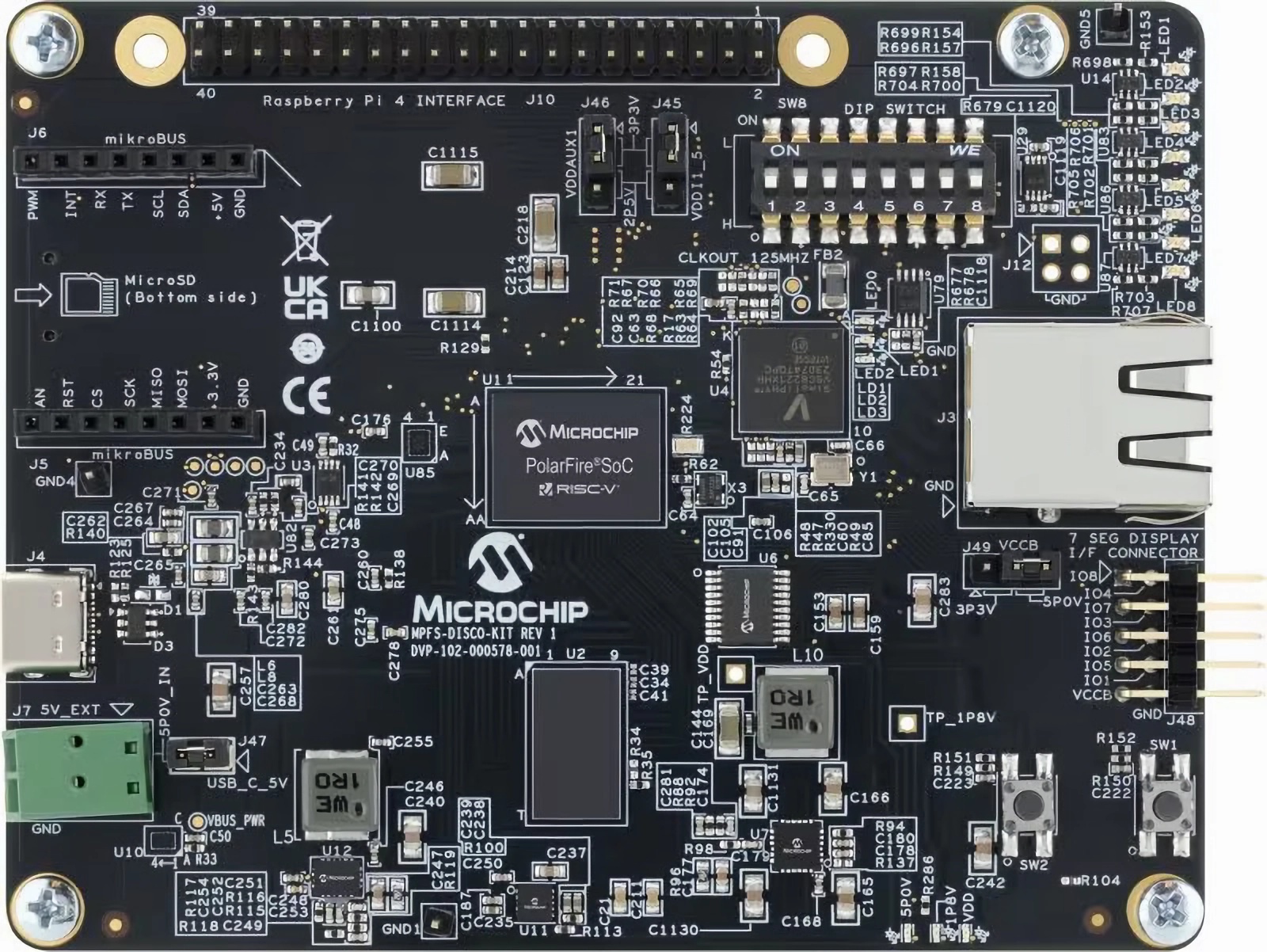Microchip recently released the PIC32MZ-W1 wireless MCU along with 20 other WiFi parts, including WiFi MCUs, link controllers, network controllers, and plug-and-play modules. Among them, the PIC32MZ-W1 wireless MCU is the most interesting because of its 32-bit MIPS microAptiv M-class core running at up to 200MHz, advanced hardware security features, and integrated Microchip Trust Platform for secure cloud authentication. Over the years ESP32 MCUs have become the go-to choice for wireless applications. Still, one problem we always have with ESP32 SoCs is their limited GPIO option due to their strapped-out pin structures. But this new MCU has over 60 GPIO pins to work with along with Ethernet MAC, USB, CAN Bus, CANFD, SPI, I2C, SQI, UART, ADC, JTAG, and more. PIC32MZ-W1 wireless MCU specifications MCU MIPS32 M-Class core clocked at 200 MHz 16KB I-Cache, 16KB D-Cache microMIPS mode (up to 35% smaller code size) DSP extensions (4x 64-bit accumulators, single-cycle […]
Sensor Watch Pro turns the Casio F-91W into a modular Arm Cortex M0+-based digital “smartwatch” (Crowdfunding)
Joey Castillo of Oddly Specific Objects has released a follow-up to the Sensor Watch, aptly named Sensor Watch Pro. The Sensor Watch Pro remains a board swap for the classic Casio F-91W or A158W digital watch that replaces the original quartz movement with the low-power ARM Cortex-M0+ microcontroller. The Sensor Watch Pro retains features from the Sensor Watch Lite and comes with a few upgrades such as a louder piezo buzzer, an RGB LED, an infrared light sensor, and a completely soldering-free experience. The new watch integrates a custom-fabricated metal spring connector that previously had to be manually soldered after purchase. We had also looked at other hackable watches in the past, such as Bangle.js, Bangle.js 2, and Watchy. Buyers can opt for a custom LCD that extends the number of segments available from 72 segments to 92 segments. It comes with an onboard temperature sensor and can be connected […]
Microchip LAN887x industrial single-pair gigabit Ethernet transceivers can communicate over 40 meters of cable
Microchip has released the LAN887x family of single-pair gigabit Ethernet transceivers adding to their line of Single Pair Ethernet (SPE) devices. This new family of transceivers supports 100BASE-T1(compliant with IEEE 802bw-2015) and 1000BASE-T1(compliant with IEEE 802.3bp) network speeds and can handle extended cable lengths up to 40 meters. They also integrate time-sensitive networking (TSN) protocols and comply with ISO 26262 functional safety standards. Additionally, they can operate in low-power mode with features like EtherGREEN technology and OPEN Alliance TC10 sleep mode. All these features make this IC useful for applications such as automotive, industrial, avionics, robotics, and automation fields. Microchip previously released the LAN8770 100BASE-T1 Ethernet PHY Transceiver which has a max cable length of 15 meters for UTP (Unshielded Twisted Pair) cable and 40 meters for STP (Shielded Twisted Pair) cable. The speed was limited to 100 Mbps, but now, with the release of the new 1000BASE-T1 ethernet controllers, […]
200 MHz Microchip dsPIC33A 32-bit digital signal controller offers double-precision FPU, high speed analog interfaces
Top digital signal controller (DSC) vendor, Microchip Technology Inc., has launched the dsPIC33A series as the newest addition to its portfolio of high-performance DSCs. These digital signal controllers combine the capabilities of a digital signal processor (DSP) with the extensive peripherals of a microcontroller (MCU). The dsPIC33A series is built around a 32-bit architecture and operates at 200MHz – currently the highest clock speed for a dsPIC. The core includes a double-precision floating-point unit (DP FPU) and a DSP instruction set for numerically intensive operations in closed-loop control algorithms. The dsPIC33A architecture offers high-performance, high-precision real-time control and signal processing in various applications. The family of DSCs launching the dsPIC33A series, dsPIC33AK128MC1xx, features up to 128KB of flash memory, and an extensive set of built-in peripherals. It comes in different packages, including SSOP, VQFN, and TQFP, with pin counts ranging from 28 to 64 and sizes starting as small as […]
Microchip PIC64GX is a quad-core 64-bit RISC-V microprocessor for real-time processing
Microchip has introduced its first 64-bit RISC-V microprocessor family with the PIC64GX pin-to-pin compatible with the company’s PolarFire SoC FPGA devices and designed for edge designs for the industrial, automotive, communications, IoT, aerospace, and defense segments. The PIC6GX MPU supports asymmetric multiprocessing (AMP) to run Linux, real-time operating systems, and bare metal in a single processor cluster with secure boot capabilities. The company further claims the PIC64GX MPU is “the first RISC-V multi-core solution that is AMP capable for mixed-criticality systems”. The first member of the PIC64GX RISC-V family is the PIC64GX1000 microprocessor. Microchip PIC64GX1000 specifications: CPU Quad-core SiFive U54 64-bit five-stage, single-issue, in-order pipeline RISC-V (RV64GC) processor at up to 625 MHz with AMP and deterministic latencies, PMP and MMU units Single-core SiFive E51 64-bit RISC-V (RV64IMAC) monitor processor core at up to 625 MHZ with PMP unit Cache L1 memory subsystem with Single-Error Correct, Double-Error Detect (SECDED) Flexible […]
Microchip PIC32CK 32-bit Arm Cortex-M33 MCU combines Hardware Security Module with Arm TrustZone for IoT cybersecurity compliance
Microchip PIC32CK is a new family of 32-bit Arm Cortex-M33 microcontrollers clocked up to 120 MHz with Arm Trustzone and an optional integrated Hardware Security Module (HSM) that can help companies meet the cybersecurity requirements for consumer IoT devices and critical infrastructure mandated in the US, Europe, and other countries. Two sub-families are available with the PIC32CK GC and PICK32CK SG with the latter integrating the HSM, and the company claims it is the first 32-bit device on the market that combines an HSM with TrustZone technology for optional security. The PIC32CK is also said to support ISO 26262 functional safety and ISO/SAE 21434 cybersecurity standards. Microchip PIC32CK specifications: MCU core – Arm Cortex-M33 clocked at up to 120 MHz with 4KB combined instruction and data cache, TrustZone security Memory and Storage 128KB, 256KB, or 512KB SRAM 512KB, 1MB, or 2MB flash 128KB boot flash memory 64KB of configuration flash […]
Microchip 8-bit AVR DU family supports secure USB connectivity and 15W power delivery
At Embedded World 2024, Microchip announced their new AVR DU family of 8-bit MCUs featuring a full-speed USB 2.0 data interface along with USB-C 15W Power Delivery enabling up to 12Mbps data transfer and charging. They also have features like secure bootloaders and Program and Debug Interface Disable (PDID), which protect your embedded designs. Based on the Harvard architecture, these MCUs can have up to 64 KB of Flash memory, 8 KB of SRAM, and 256 bytes of EEPROM. Their wide operating voltage range of 1.8V to 5.5V makes them suitable for small, space-sensitive devices, power bricks, and rechargeable devices. But one thing to note is that the USB function is only available for VDD above 3.0V and I2C Fm+ (Fast-mode Plus) is only supported for 2.7V and above. I²C Fm+ extends the standard I²C protocol, boosting communication speeds up to 1 MHz while maintaining compatibility with older I²C devices. It’s […]
Microchip announces the PolarFire SoC Discovery Kit, a low-cost devkit for Linux and real-time applications
The SoC Discovery Kit is the latest addition to Microchip’s list of development kits for the PolarFire series. The series is the first SoC FPGA family powered by a deterministic, coherent RISC-V CPU cluster. They provide low power consumption, thermal efficiency, and defense-grade security for smart, networked systems. They also support a deterministic L2 memory system for Linux and real-time applications. Microchip launched the Icicle Kit for the PolarFire SoC in 2020 and it was followed by the Video and Imaging Kit which was intended for mid-bandwidth imaging and video applications. Now, Microchip has announced the Discovery Kit which is billed as a low-cost alternative to the Icicle. The Discovery Kit retains the full range of features needed for testing concepts quickly, developing firmware applications, and programming/debugging user code. According to Microchip, the kit will bring “a low-cost RISC-V and FPGA development for learning and rapid innovation” to new and […]


